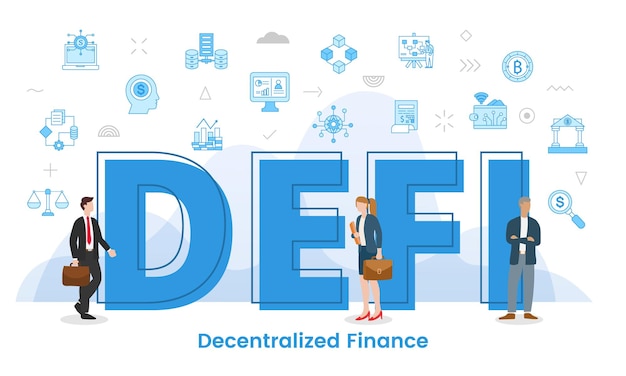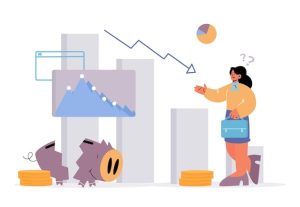
Navigating Financial Traps: Unraveling the Best Strategy Between Debt Snowball and Debt Avalanche.

Deciding how to tackle your debt can be quite challenging. There are two popular strategies you might have heard of: the “Debt Snowball” and the “Debt Avalanche.” Today, we’ll discuss these and help you understand which one serves your situation best.
Let’s start with the Debt Snowball method. It involves tackling your debts from the smallest to the largest regardless of the interest rates. Say you own three debts, you first target the smallest one by making bigger payments, while paying the minimum on the others. Once that’s paid off, go one by one to the next until all debts are cleared. This way, you can gain momentum and motivation as you gradually knock off each debt. Although it might cost more in interest and be slower, it’s proven to keep people motivated due to the quick progress.
On the other hand, the Debt Avalanche approach involves targeting the highest interest rate first. It’s eventually faster and can save you money on interest. The downside is, if your largest debts are also the highest interest, it can be a long road before you feel like you’re making progress.
So, which approach is better? Well, there is no one-size-fits-all answer. The best approach depends on your personality, your situation, and what keeps you motivated.
The Debt Snowball method might be the right fit for you if you need to see quick results to stay motivated. Its advantage is in the psychological wins when you clear off a debt completely.
However, if you are more numbers-oriented and can stay motivated by the thought of saving on interest, the Debt Avalanche method could work better for you.
The main bit of advice to remember is to stick to your chosen path until you’ve cleared all your debt. Both methods are effective and it doesn’t matter much which one you pick, as long as you consistently follow through.
And remember, you can also mix and match these approaches to suit your specific needs. If one debt is causing you stress or eating up too much of your budget, feel free to focus on that one first, even if it doesn’t align exactly with your main strategy.
No matter which method you choose or even if you take a combination of the two, the goal is the same: become debt-free as quickly as possible. Repaying your debt should ideally be achieved within 2-3 years, except for a mortgage which generally takes longer.
One point to remember is that the method’s mathematical impact makes less of a difference over the short term 2-3 years span. But what makes a significant difference is sticking to the plan, because the cost of abandoning your debt-clearing mission is much higher. Make a plan, stick to it, and you can become debt-free sooner than you might think. Your best bet is to choose the method that you’ll stick with till the end.


